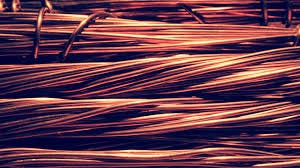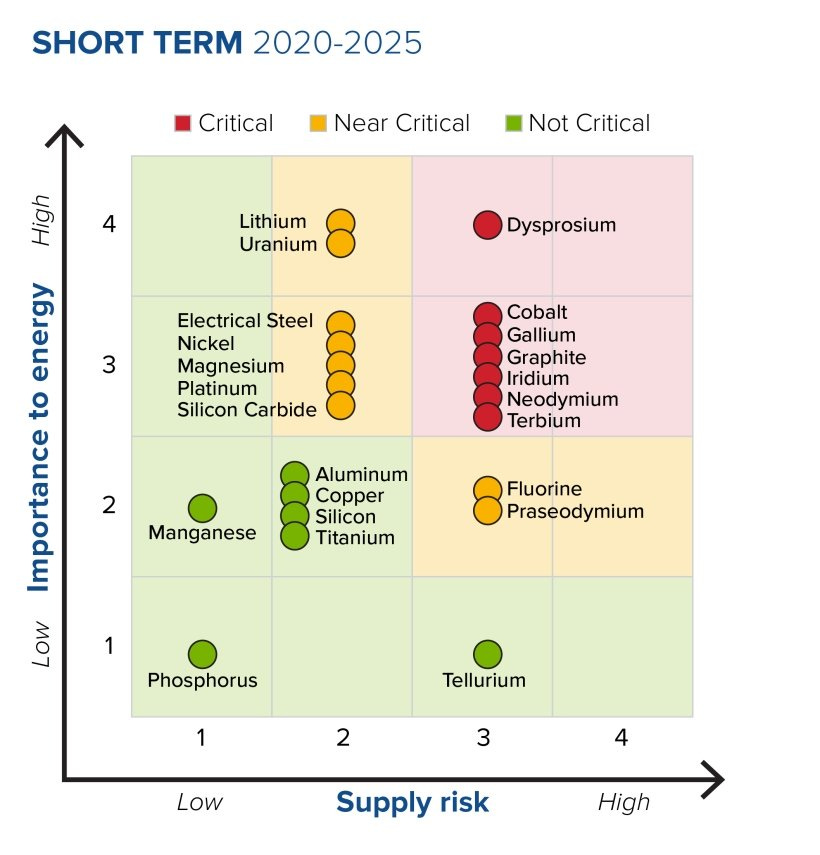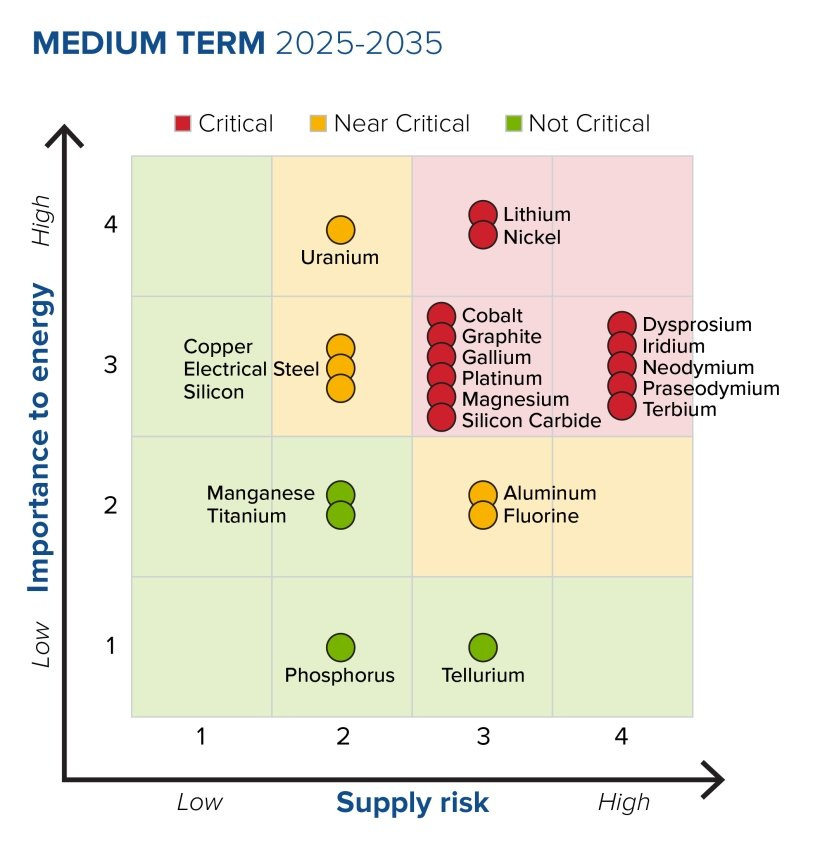copper (Cu), chemical element, a reddish, extremely ductile metal of Group 11 (Ib) of the periodic table that is an unusually good conductor of electricity and heat. Copper is found in the free metallic state in nature. Britannica
Way back as a child I used the phrase “copper sympathy” in a poem. The poem, “Welcome, without love” was about people living along the underpass beneath Waterloo Bridge in London. By copper sympathy I’d meant spare change that wasn’t hard to part with for the people giving it. Not worth much. Now, though, copper is a hot commodity.
Humans have put copper to various uses from as long ago as 8000 BC. But now demand is projected to increase 50-70% by 2030. The fact that it is a good conductor of heat and electricity and bends easily means it’s a key component in electrification and the shift to renewable energy. Copper is used in solar panels, wind turbines, electric vehicles and their charging infrastructure, and the electrification of buildings.
This growing demand has multiple human and environmental implications. One of the most powerful pieces of journalism I’ve read this year is Monica Mark’s story of copper theft gangs in Johannesburg. Known as “izinyoka” in Zulu, they are the “first link in a lucrative supply chain ultimately controlled by international syndicates”.
Through the thoughtfully reported story of one of the gang members, TwoSix, and of a particular heist gone wrong, Mark conveys the bigger story of the scale of copper theft in Johannesburg. Because copper can easily be melted down, stolen copper can enter international markets unnoticed. It is also used for informal and dangerous electric hook-ups in a city where black outs and limited access to formal electricity are common.
Copper theft is a dangerous enterprise for those who enter the gangs, often through cycles of poverty, a lack of alternative economic opportunities, and addiction to nyaope (a heroin and antiretroviral drug mix). And it impacts the lives of many others beyond those directly involved.
Mark reports that in January alone:
Industrial-scale theft in South Africa resulted in “three security guards killed during heists; three hospitals scaling back operations because stolen copper plumbing hampers their ability to pipe oxygen to intensive care units; trains cancelled due to stolen signaling cable or track sleepers; parts of the city going without electricity for days after thieves toppled pylons.”
The theft of copper – and other metals – is not new, but the scale is increasing with demand. Earlier this year ten armed men stole 12 shipping containers of copper owned by Chilean firm Codelco from San Antonio port in Chile. In August, Europe’s largest copper producer Aurubis reported that metals worth hundreds of millions of euros were missing from its inventories, and launched an investigation into a suspected conspiracy between its suppliers and employees.
Further back at the earliest point of the supply chain, the pursuit of new copper resources from existing and undeveloped mines has major implications too. To slow the harm we’ve caused to the atmosphere and planet through the extraction and use of fossil fuels, we’re continuing to dig deep and wide beneath the earth’s surface - whether from land or from the sea-bed - for the solution.
The United States and Europe have both developed “critical material” strategies to diversify and protect their supplies of these materials – which include copper, as well as nickel, cobalt, lithium, graphite and many others that serve essential functions in the energy transition and that also face risks of supply disruption.
The US Department of Energy’s 2023 critical materials assessment, for the short and long term:
Research by the Sustainable Minerals Institute at the University of Queensland has demonstrated that of the copper ore bodies that have not yet been mined globally:
65% are in areas with high water risk;
50% are in socially and politically fragile countries; and
47% occur on or close to indigenous people’s land
This is at a time when indigenous peoples’s custodianship of land is increasingly and belatedly being recognized as key for combating climate change – contradictions abound!
The race for critical materials is a reminder that renewable energy too has its planetary and social footprint, and geopolitical dimensions – it won’t be a panacea. Increasing the efficiency of the energy that we do use and getting as innovative as possible in the re-use, regeneration and minimization of materials has to be a big part of the picture as well. (A typical electric car battery contained 80kg of copper in 2020 and now contains 69kg, which is moving in the right direction, though greater investment in public transit infrastructure would arguably reduce material demand for transit more quickly).
A green transition will involve moving beyond solutions narrowly driven by continued growth, and engaging deeply with the materials we use, their origins, and the value they hold.
****************************************
Further reading, and listening:
Listen to Monica Marks in conversation about her report on copper theft in Johannesburg
And dive into this new report by the Global Alliance for Buildings and Construction (GlobalABC). It puts forward a clear framing for action to reduce emissions from building materials: “Avoid unnecessary extraction and production / Shift to regenerative materials / and Improve decarbonization of conventional materials”. And it calls for the necessary silo-busting and joined-up thinking in business models to facilitate that action.





